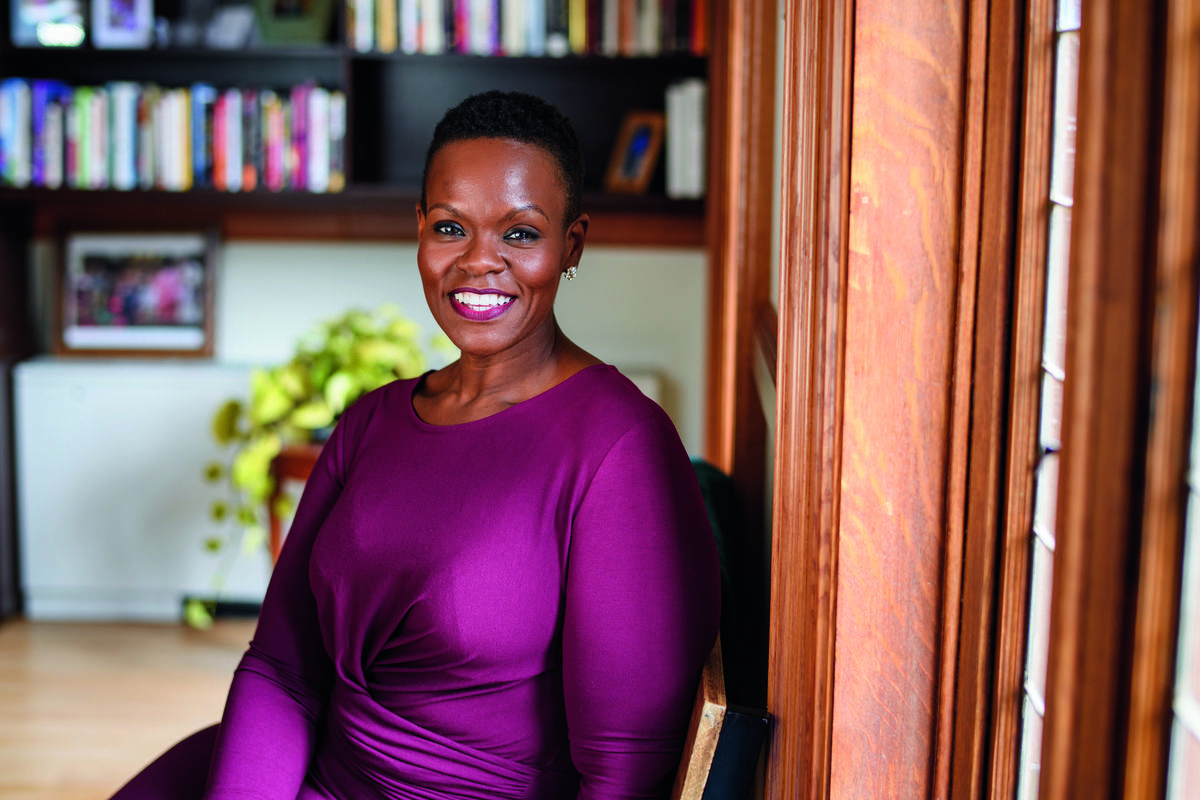Art Matters by Rev. Dr. Theresa S. Thames

When I left my hometown on the Mississippi Gulf Coast and headed to Washington, DC, to attend Howard University, I was in awe of the art scene. My education off campus rivaled my education on campus as I connected the names I heard in my African American history courses with the works I saw in art collections across town. The Smithsonian American Art Museum, the National Portrait Gallery, and the Phillips Collection became my weekend hangouts. Their free admissions, public transportation-friendly locations, and programming made art accessible. Not only did I encounter a world of art, but spending time in galleries and museums also expanded my social circle by introducing me to artists, curators, museum directors, and scholars who delighted in conversations about the artworks with eager and impressionable college students. These off-campus getaways expanded my knowledge and guided me deeper into my own creativity.
As the late, great Toni Morrison once wrote, “Art invites us to know beauty and to solicit it, summon it, from even the most tragic of circumstances.” Whether it was Gordon Parks’s photographs providing visuals of the Black American experience in the 1940s and ’50s or the colorful and textured works of Alma Thomas, I learned that art was not off-limits to Black people. At such a formative time in my personal development, it was important for me to see the walls of museums display melanin faces like those of my ancestors and share the diasporic stories of my people in varied media; this is why I celebrate and support the Princeton University Art Museum’s partnership with HBCUs (historically Black colleges and universities). What a time to live in a world with contemporary Black artists such as Renée Cox, Derek Fordjour, Lanecia A. Rouse, and Amy Sherald. Their artistry has left an indelible mark on American art history by centering Black culture and ushering in a new wave of art and artists for the next generation.
The Office of Religious Life is in Murray-Dodge Hall, a neighbor of the Princeton University Art Museum. Over the years, I have sat at my desk, delighting in the excitement in the voices and giggles of elementary, middle, and high school students from the surrounding area visiting the Museum. For many, this is more than a field trip; it is their first time on a university campus and their first glimpse into what is possible for them too. As group leaders and teachers try to hush the students, I consider that if the celebrity birthday section of a local newspaper was my foray into the art world, imagine how a visit to an actual art museum has the potential to awaken within these students a curiosity about art that will transform their futures.
I still read the newspaper each morning, though on a digital device, and the calla lily is my favorite flower. Like Georgia O’Keeffe, I get an adrenaline rush from the bustle of the city, and I have seen the majesty of creation unfold in a Southwestern sunset. I am forever thankful for how art continues to expand my world and add beauty to my life.
Rev. Dr. Theresa S. Thames
Associate Dean of Religious Life and the Chapel